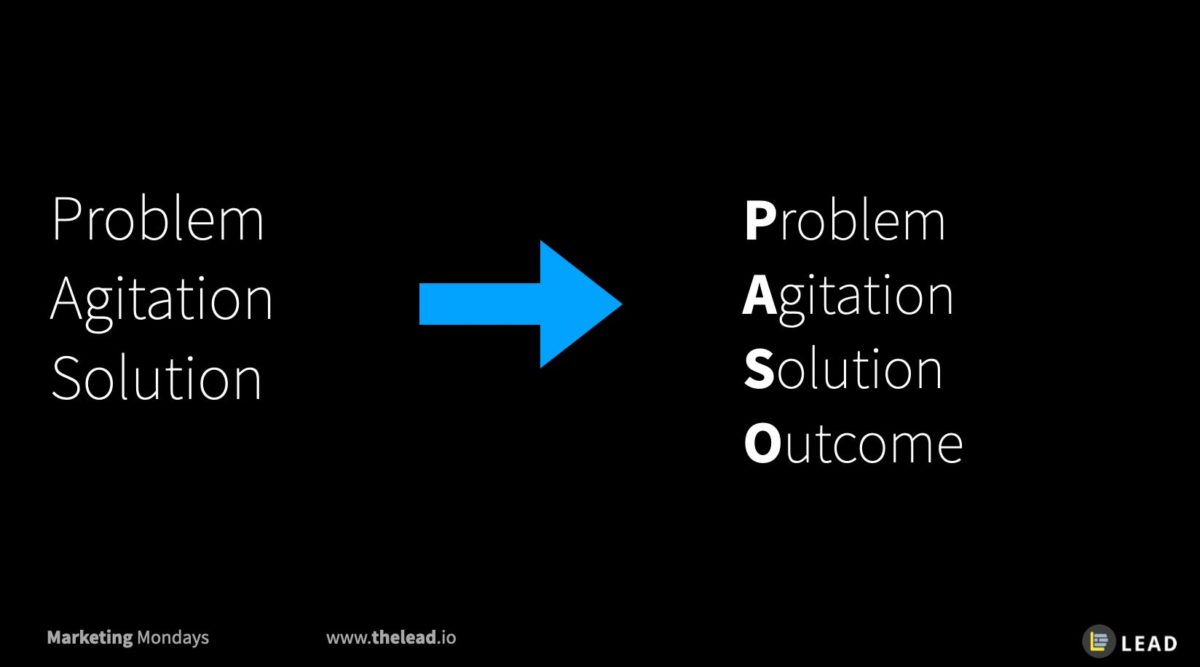Click to download the workbook for this lesson (PDF)
Whether you’re posting on Facebook, creating a landing page, or building a product page for your business – you inevitably have to write something.
That’s it. You’re a copywriter.
Copywriting refers to the process of writing persuasive marketing and advertising materials – to motivate the reader to take some form of action – to make a purchase, subscribe, follow, engage, and more.
Maybe you’ve not realized it before, but copywriting is everywhere.
It’s on social media, emails, websites, E-commerce sites, apps, billboards, and even on Grab cars.

Billboard with an eye-catching copy. (differentiation)
Good copywriting can help generate more interest, and eventually sales for your business. Bad copywriting, however, can do the exact opposite.
But while using copywriting and headline cheatsheets may make you feel like cheating, it’s actually the moment when you write the first few words on a social media post or email, when you realized…
Copywriting is hard!
Luckily, you don’t have to be an Oxford-level writer to write good copy. Good copy isn’t meant to impress the readers with difficult and fluffy words.
Good copy is the one your readers can easily understand and ‘feel’.
Introducing the PAS Formula for Copywriting
A popular copywriting framework that you can use to write better copy is the PAS formula.

I’m unsure who initially came out with PAS formula, but here’s what they stand for:
- P – Problem
- A – Agitate
- S – Solve
Start by identifying the problem that your reader usually has. Then agitate the problem using descriptive words to paint a picture of the pain, disappointment, and regrets that the problem brings. Then introduce the product or service that will solve the problem to end the pain.
Simple enough?
Example: Selling a pillow with the PAS Formula
Let’s say you run a business selling pillows. Your pillows are extremely comfortable and they help your customers sleep better.

Let’s try using the PAS formula to sell pillows:
Finding it hard to sleep at night? Falling asleep used to be easy, but ever since you started working from home, it’s has become harder to fall asleep.
Maybe your lack of sleep has already caused your productivity to drop. Your boss has been pointing out more and more errors in your work – and you might even lose that bonus this year.
The lack of good sleep can be a silent killer.
But what if you could have better sleep, by tomorrow? All it takes is just changing your pillow. Enter your address below and we’ll send you one of our pillows, free. Try it for 30-days and if it doesn’t help you sleep better, you can keep the pillow, no charge.
What did you notice?
Most of the time, using just the PAS formula isn’t enough. Notice that I ended the sales copy with a call-to-action (CTA).
You can include multiple call-to-actions, especially if you’re writing a long landing page or email. The CTA generally guides users to take the next step to solve the problem that you’ve mentioned and agitated.
It’s your turn now.
The reason the PAS formula works is that humans are generally wired to avoid pain.
If you’ve heard of the phrase, “Create painkillers, not vitamins”, it generally refers to the advice to build a business that solves problems, not one that is built out of hype.
The PAS formula helps you to focus on your customer’s pain, rather than focusing on the features of your product or service (a mistake that many business owners make).
So it’s your turn now.
Try the PAS formula for your emails, landing pages, website, social media posts, and ads – and see if you get better engagement and sales with it.
Have another copywriting formula that you use? Share it with us in the comment section below.
Or join us in our webinar this Friday, May 7th at 9AM to learn the other 4 copywriting formulas: 5 Copywriting Formulas to Rapidly Increase Your Sales


0 Comments